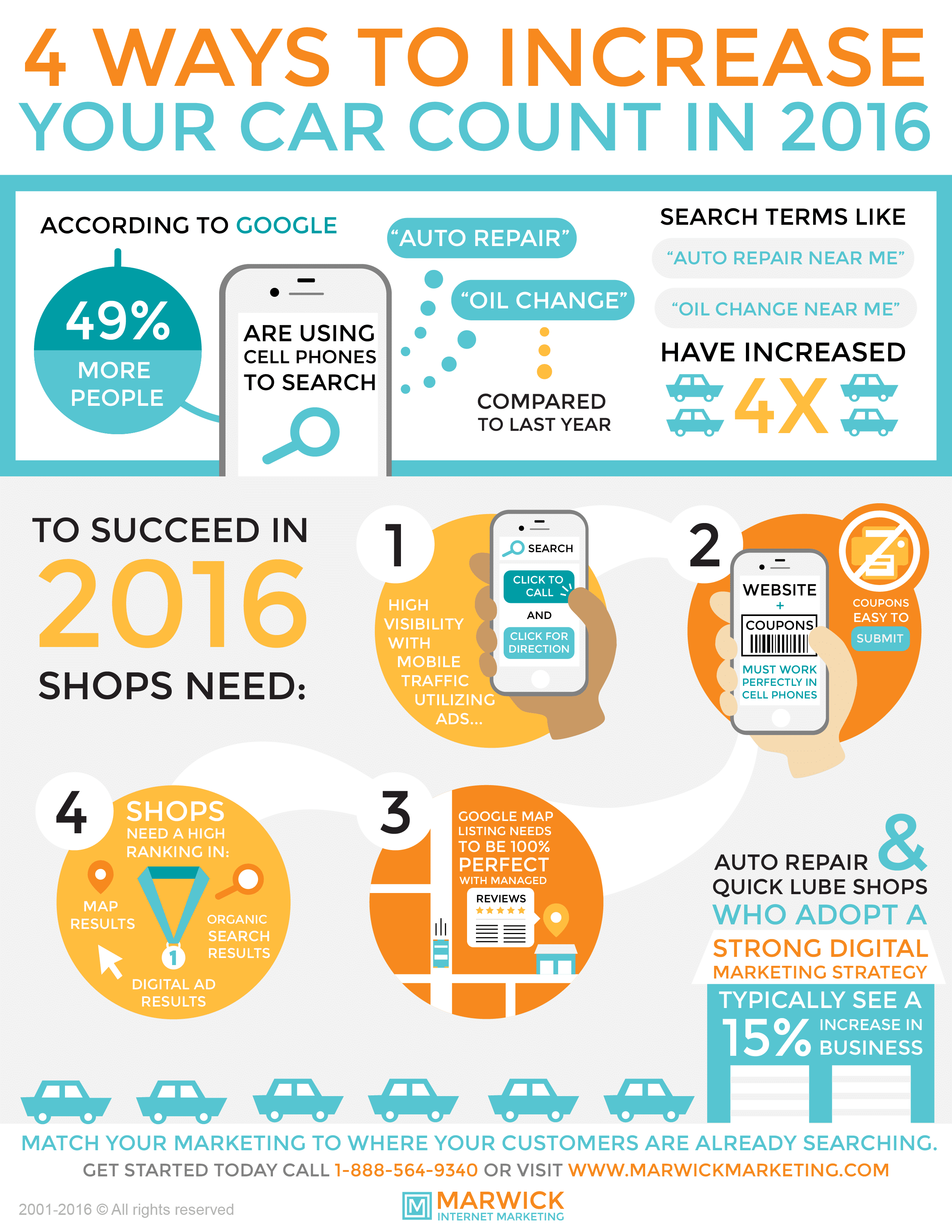Curious Concerning Those Dashboard Warning Lights In Your Car? Figure Out What They Imply For Your Car'S Health And Safety
Curious Concerning Those Dashboard Warning Lights In Your Car? Figure Out What They Imply For Your Car'S Health And Safety
Blog Article
Short Article Writer-Hartley Gilbert
When you lag the wheel, those radiant caution lights on your control panel can be a bit puzzling. Do final touch understand what they're trying to tell you concerning your vehicle's health and wellness? Understanding the significance of these lights is important for your safety and security and the long life of your automobile. So, the following time one of those lights appears, would not you want to understand its message accurately and take the essential actions to address it?
Common Caution Lighting and Interpretations
Recognize typical caution lights in your automobile and understand their definitions to make sure secure driving.
The most common caution lights consist of the check engine light, which indicates issues with the engine or emissions system. If this light begins, it's important to have your vehicle examined promptly.
The oil pressure advising light suggests low oil stress, needing prompt attention to stop engine damages.
A flashing battery light may recommend a damaged billing system, potentially leaving you stranded if not addressed.
The tire stress monitoring system (TPMS) light notifies you to reduced tire pressure, impacting automobile security and gas efficiency. Ignoring this could lead to unsafe driving problems.
The abdominal muscle light suggests a problem with the anti-lock stopping system, jeopardizing your capacity to quit promptly in emergencies.
Finally, the coolant temperature advising light warns of engine overheating, which can lead to serious damages otherwise fixed promptly.
Comprehending these typical warning lights will aid you deal with concerns promptly and keep safe driving conditions.
Relevance of Prompt Interest
Understanding the typical warning lights in your car is only the first step; the significance of immediately addressing these cautions can't be stressed enough to ensure your safety when driving.
When a warning light brightens on your control panel, it's your car's means of interacting a possible problem that needs attention. Disregarding these cautions can result in a lot more severe issues later on, compromising your safety and security and potentially costing you extra out of commission.
Trigger interest to cautioning lights can avoid breakdowns and accidents. For instance, a flashing check engine light can suggest a misfire that, if left ignored, can trigger damages to the catalytic converter. Resolving this promptly can conserve you from an expensive repair work.
Similarly, a brake system alerting light could signal reduced brake liquid or worn brake pads, critical elements for your safety and security when driving.
Do It Yourself Troubleshooting Tips
If you see a caution light on your dashboard, there are a couple of DIY repairing suggestions you can attempt before looking for specialist help.
The very first step is to consult your auto's handbook to recognize what the certain warning light suggests. Occasionally https://shaneqlezt.blogsuperapp.com/31726440/clashed-concerning-which-automobile-repair-shop-to-select-gain-understandings-from-professionals-on-just-how-to-find-respectable-options-in-your-locality-that-will-provide-you-with-peace-of-mind can be as simple as a loose gas cap causing the check engine light. Tightening the gas cap might resolve the problem.
https://fox4kc.com/business/tesla-considers-building-new-service-center-in-lenexa/ is a low battery, which can activate different warning lights. Inspecting the battery links for corrosion and guaranteeing they're safe could take care of the problem.
If a warning light lingers, you can try resetting it by detaching the vehicle's battery for a few minutes and after that reconnecting it. Furthermore, inspecting your automobile's fluid degrees, such as oil, coolant, and brake fluid, can help repair warning lights related to these systems.
Final thought
Finally, understanding your cars and truck's warning lights is essential for maintaining your car running efficiently and securely. By promptly addressing these notifies and recognizing what they indicate, you can avoid expensive repair services and prospective malfunctions.
Remember to consult your cars and truck's manual for particular information on each advising light and do something about it appropriately to make sure a hassle-free driving experience.
Keep educated, remain safe when driving!
